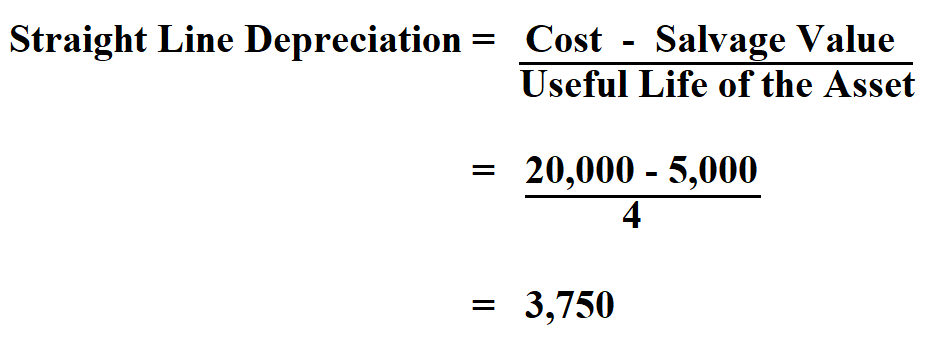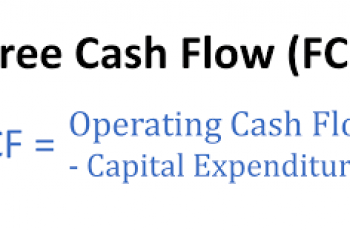What is Depreciation.
Depreciation is an accounting method of allocating the cost of a tangible or physical asset over its useful life or life expectancy. It represents how much of an asset’s value has been used up.
There are four methods that can be used to calculate the depreciation of an asset and they are:
- Straight Line Depreciation Method.
- Declining Balance Method.
- Sum-of-the-Years’ Digits Depreciation.
- Units of Production Depreciation.
In our case, we are going to discuss one of this methods which is Straight Line Depreciation Method.
What is Straight Line Depreciation.
Straight line depreciation is a common method of depreciation where the value of a fixed asset is reduced gradually over its useful life.
With straight line method of depreciation, an asset’s cost is depreciated the same amount for each accounting period and this method is considered the simplest.
Formula to Calculate Straight Line Depreciation.
To calculate straight-line method, divide the asset’s initial cost subtracted by its salvage value and divided by its useful life.

Cost of an asset takes into consideration all of the items that can be attributed to its purchase and to putting the asset to use. They may include transportation, installation e.t.c.
Useful life of an asset is an estimate of the average number of years an asset is considered usable before its value is fully depreciated.
Salvage value is the estimated resale value of an asset at the end of its useful life.
Example:
On 1 Jan 2020, a company purchased a vehicle costing $20,000. The company expects the vehicle to be operational for 4 years at the end of which it can be sold for $5,000. Calculate depreciation expense using the straight line method for the year ended 31 Dec 2020, 2021, 2022 and 2023.

Therefore, the depreciation expense at the end of each of the assets useful life is $ 3,750.

